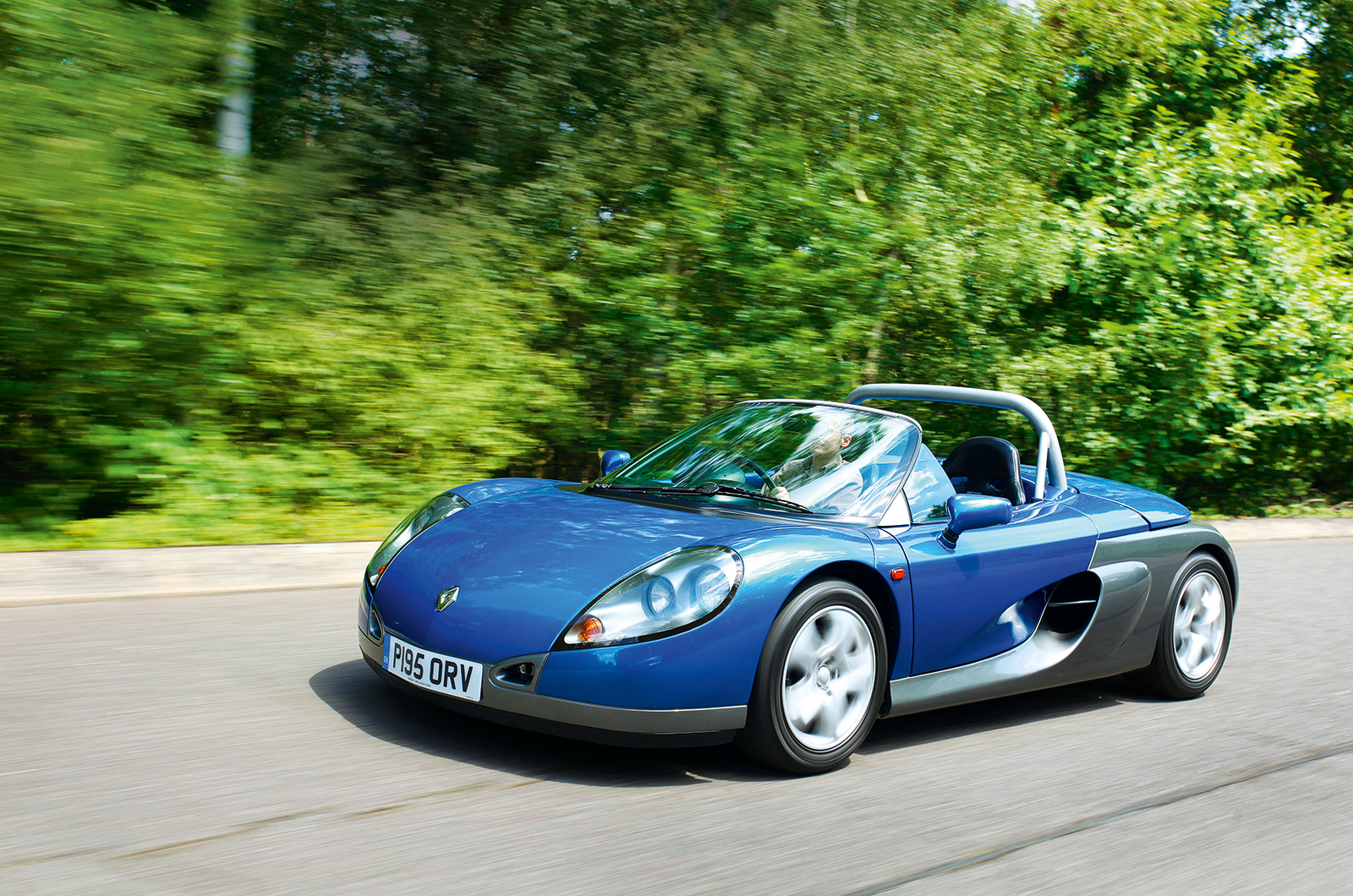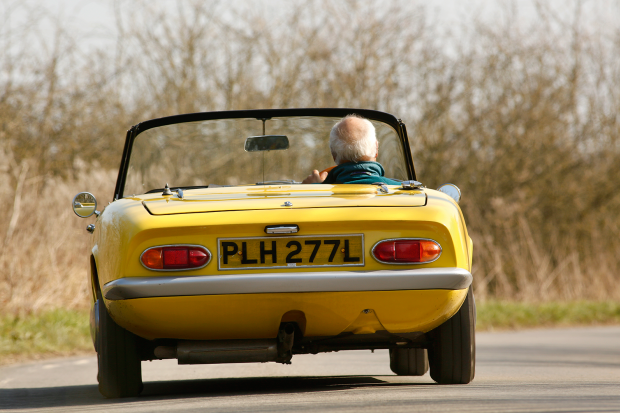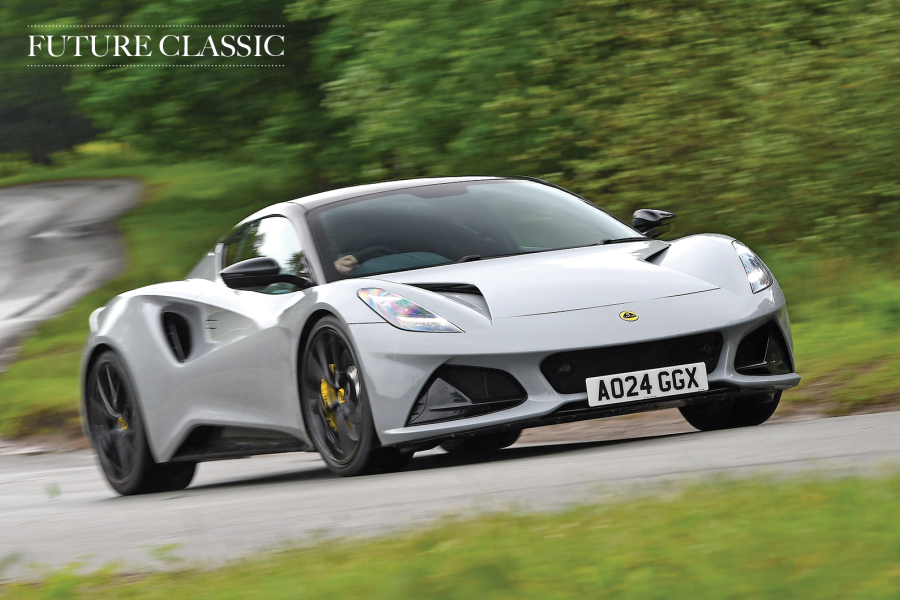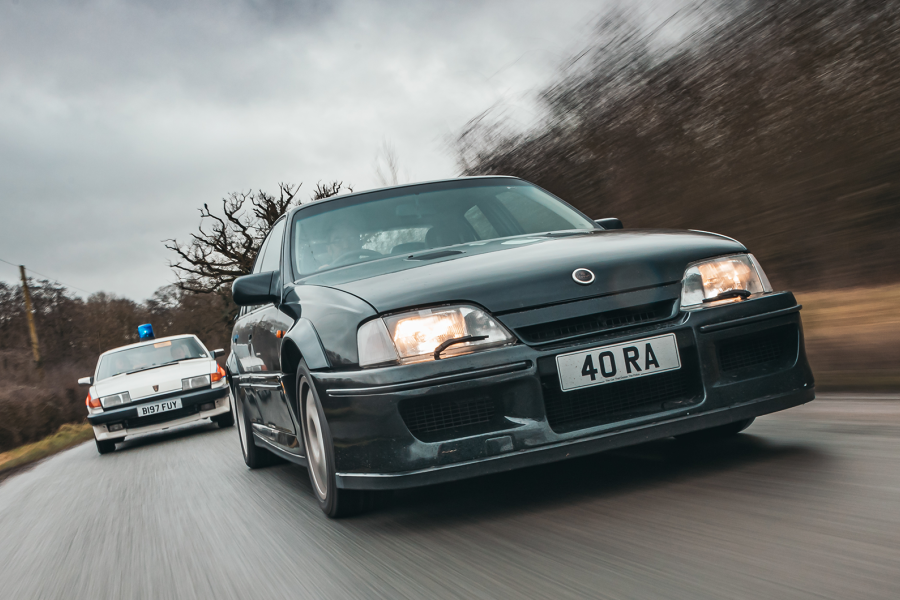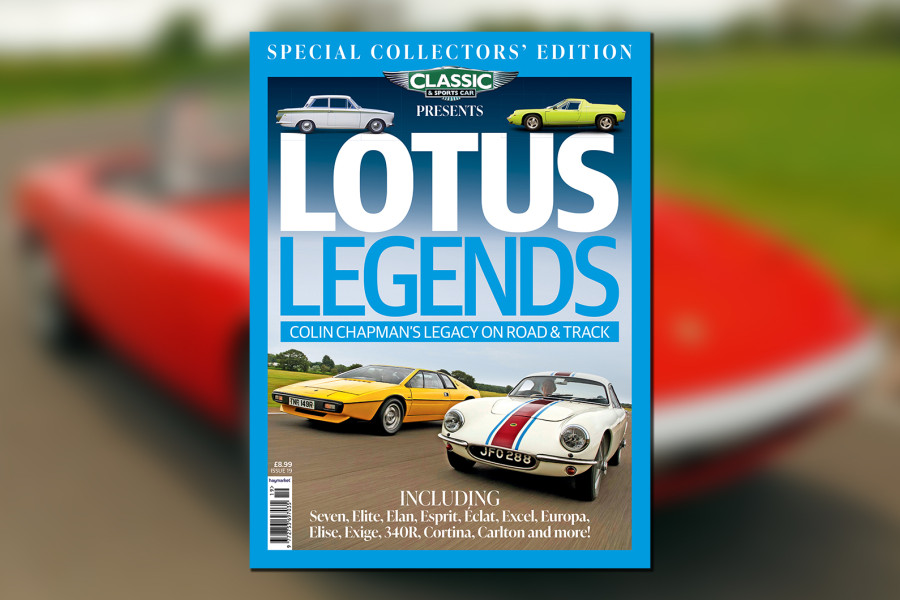
I’ve often wondered how it must feel to be Julian Thomson, the recently installed director of design at Jaguar. Pretty good, I should think.
Thomson has been at JLR for 20 years, working for most of those years as a close colleague to design director Ian Callum, and holding down a vital role as chief of Jaguar’s advanced design. Jaguar has to be advanced. It always has been.
Not enough people know this, but earlier in his JLR career Thomson spearheaded the team that created the original 2008 Land Rover LRX concept, the design that became the seminal Range Rover Evoque, a vehicle which became a huge sales success and was instrumental in putting Land Rover back on its wheels.
But here’s my point: despite his recent achievements I continue to think of Julian Thomson as the precocious young ex-RCA designer I met at Lotus more than 25 years ago, when he and the equally inspired chief engineer, Richard Rackham, formed a partnership to create the original Lotus Elise, the focus of the buyer’s guide in this month’s issue of C&SC.
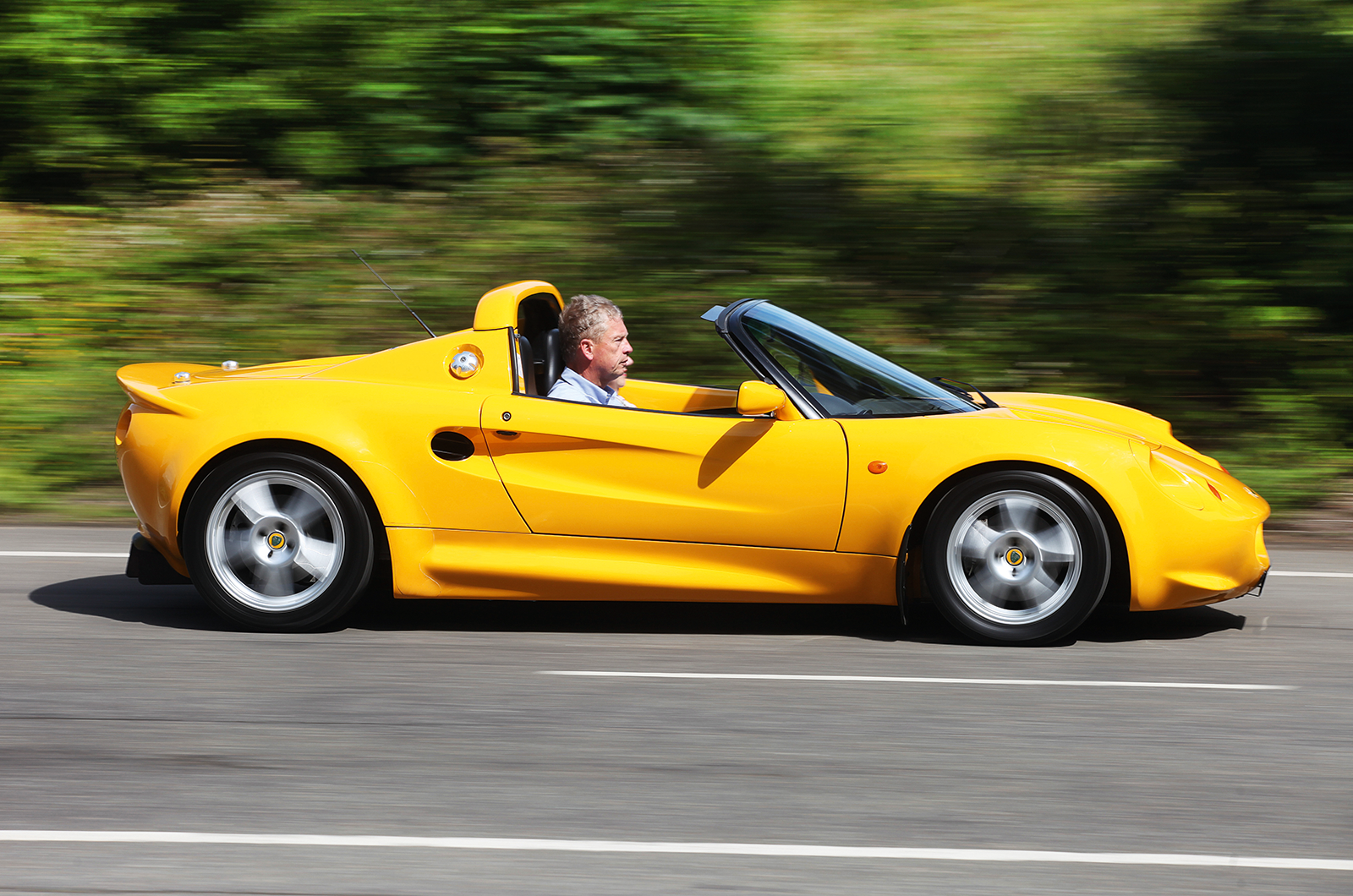
Our Cropley found his Elises to be very reliable
In a funny way, the Elise’s achievements had some similarity to the Evoque, only they came a decade earlier.

